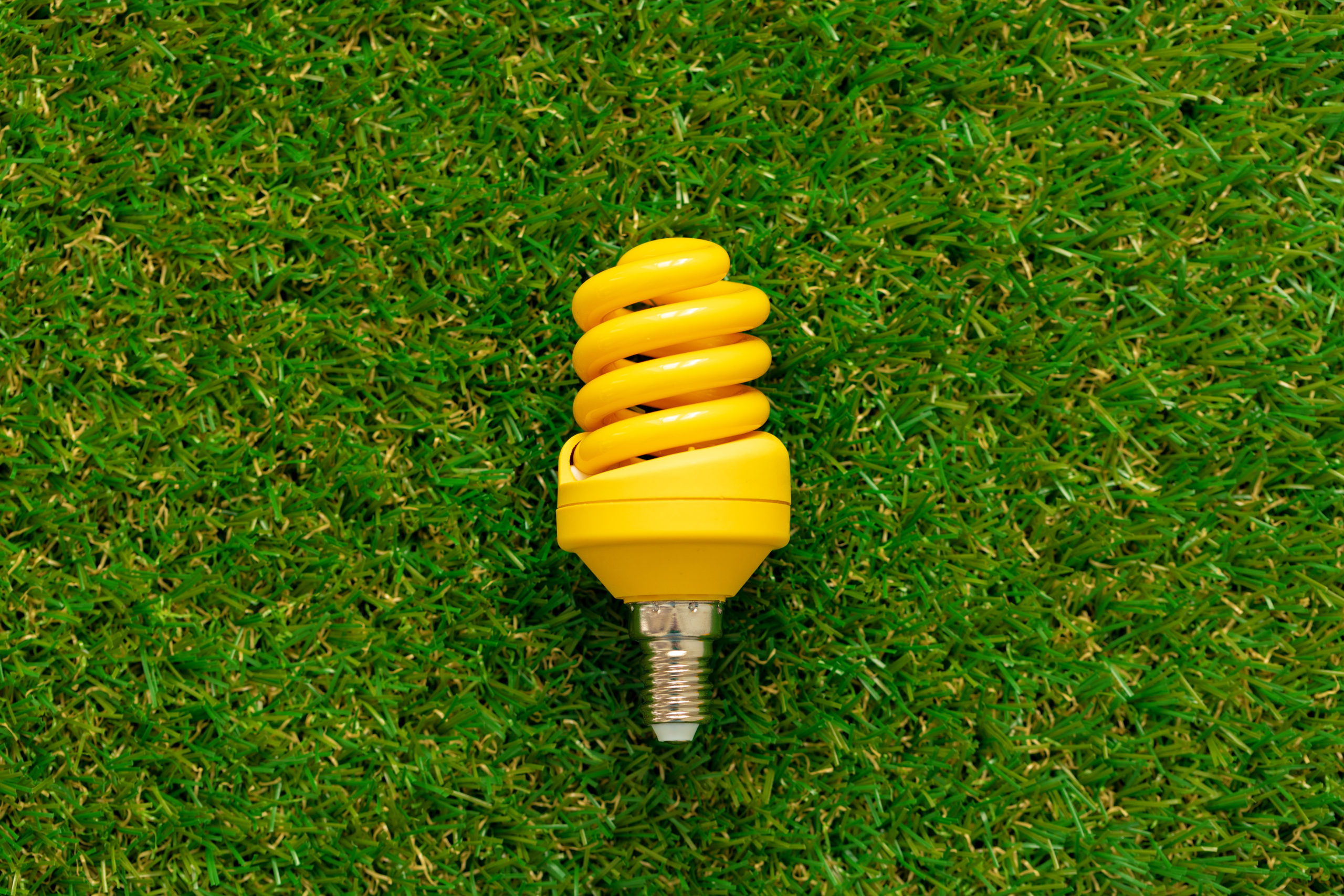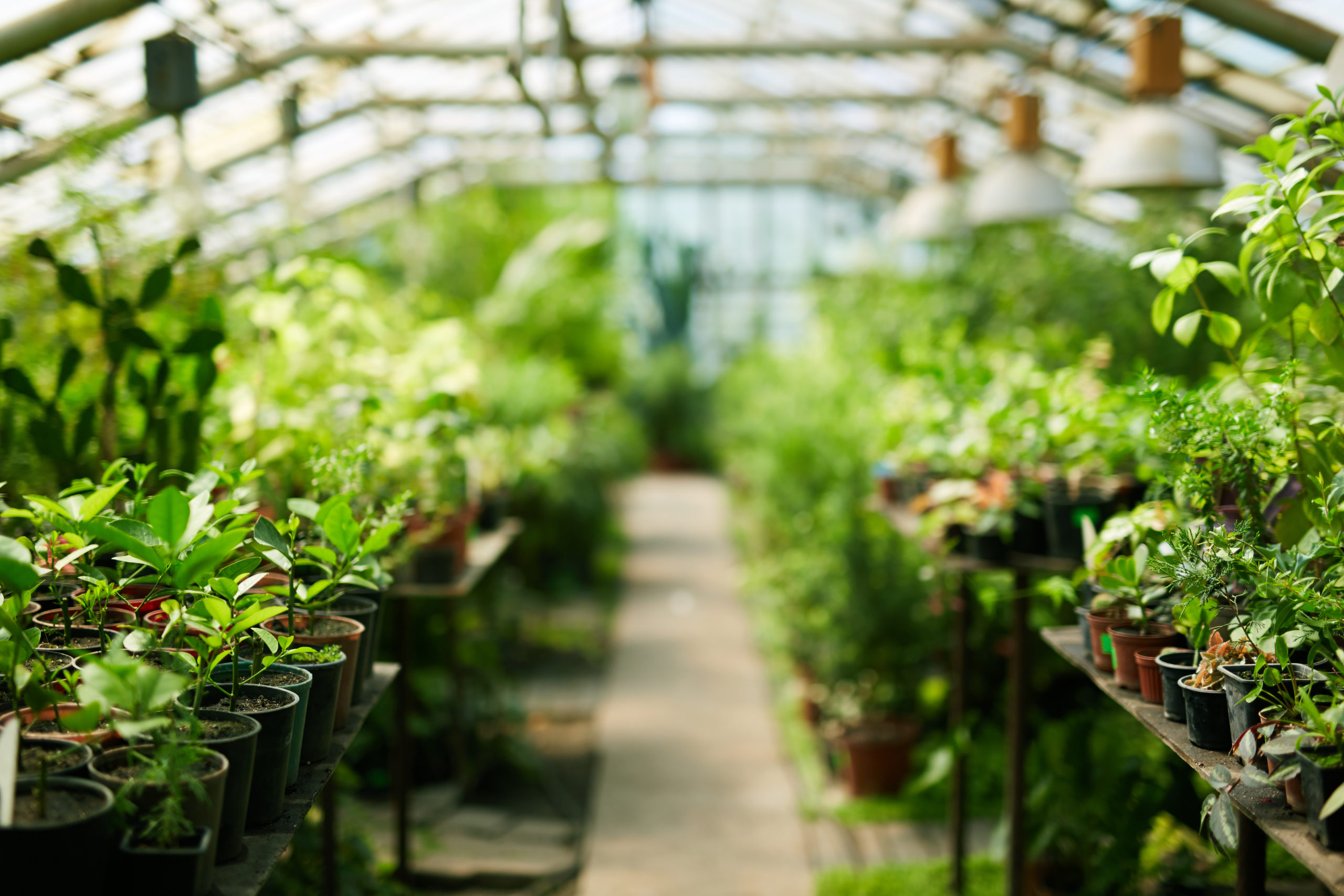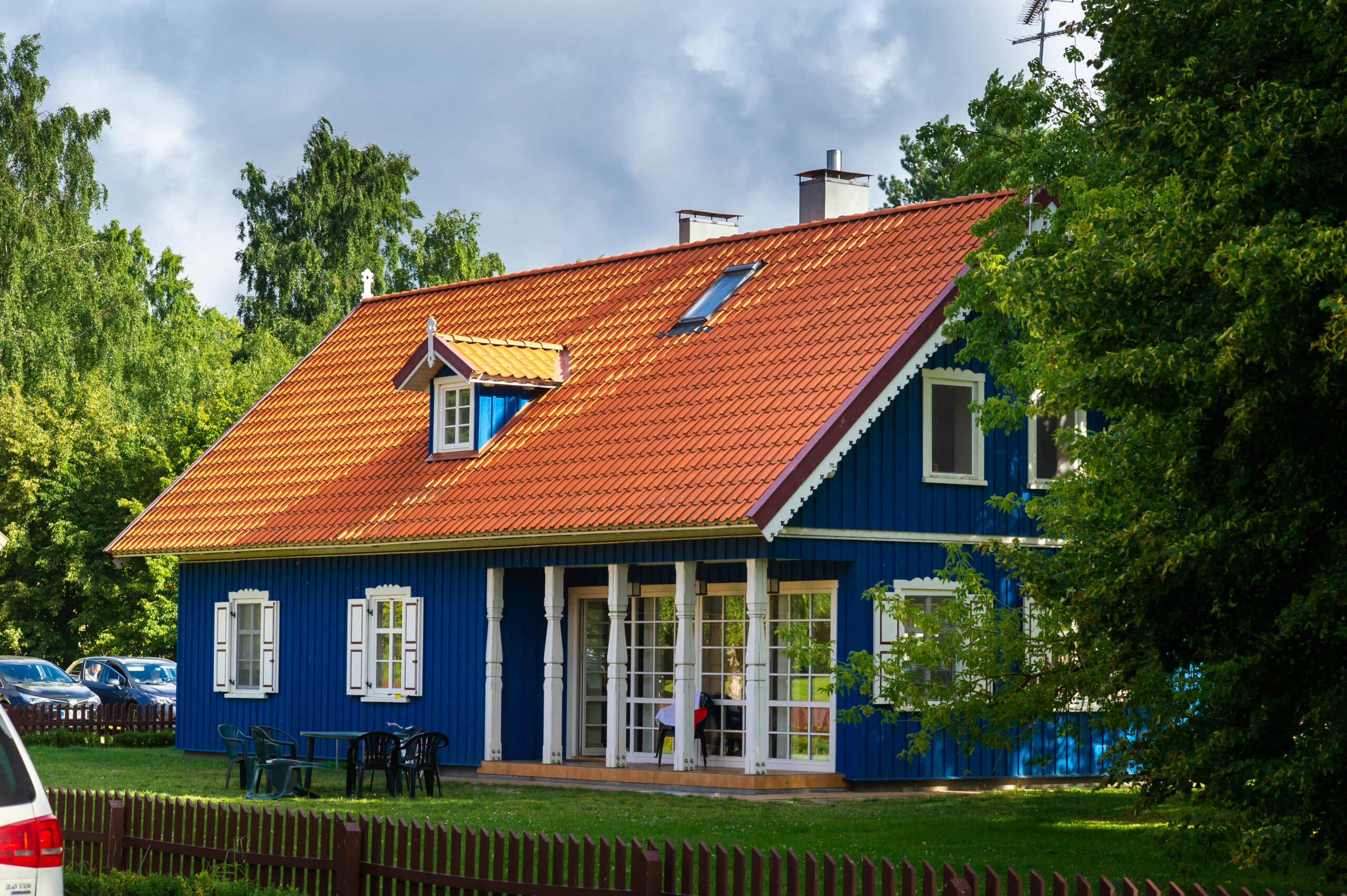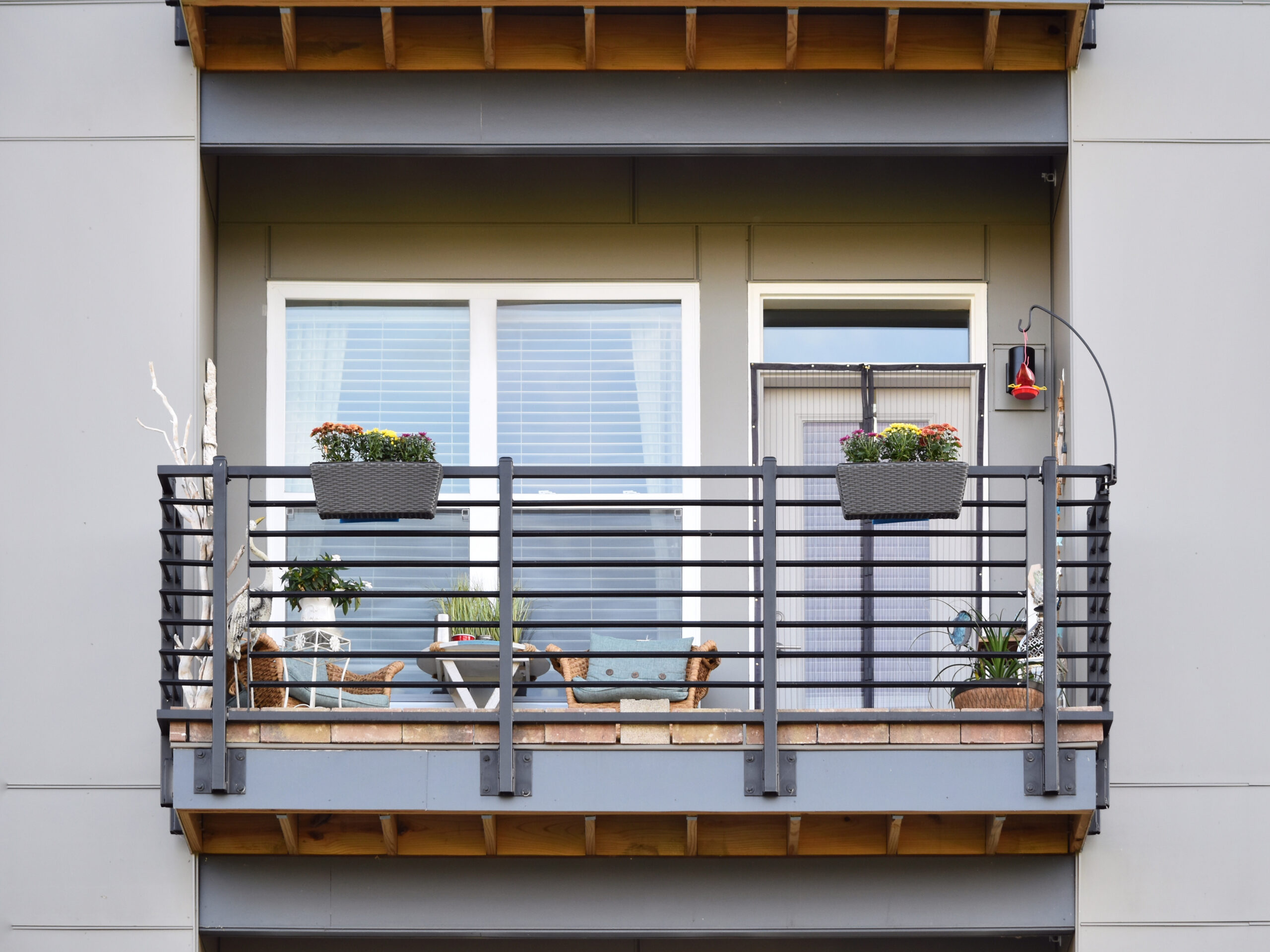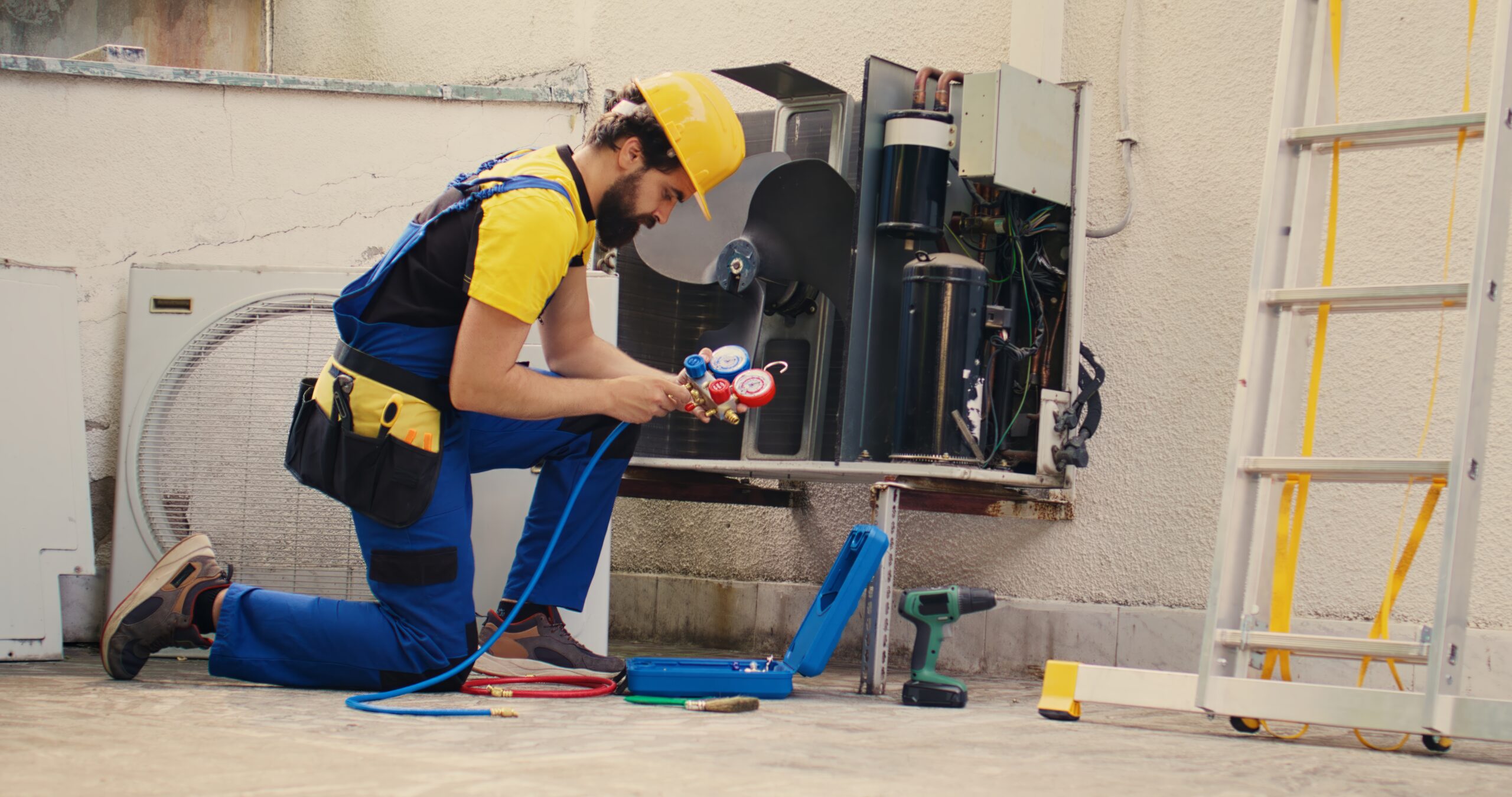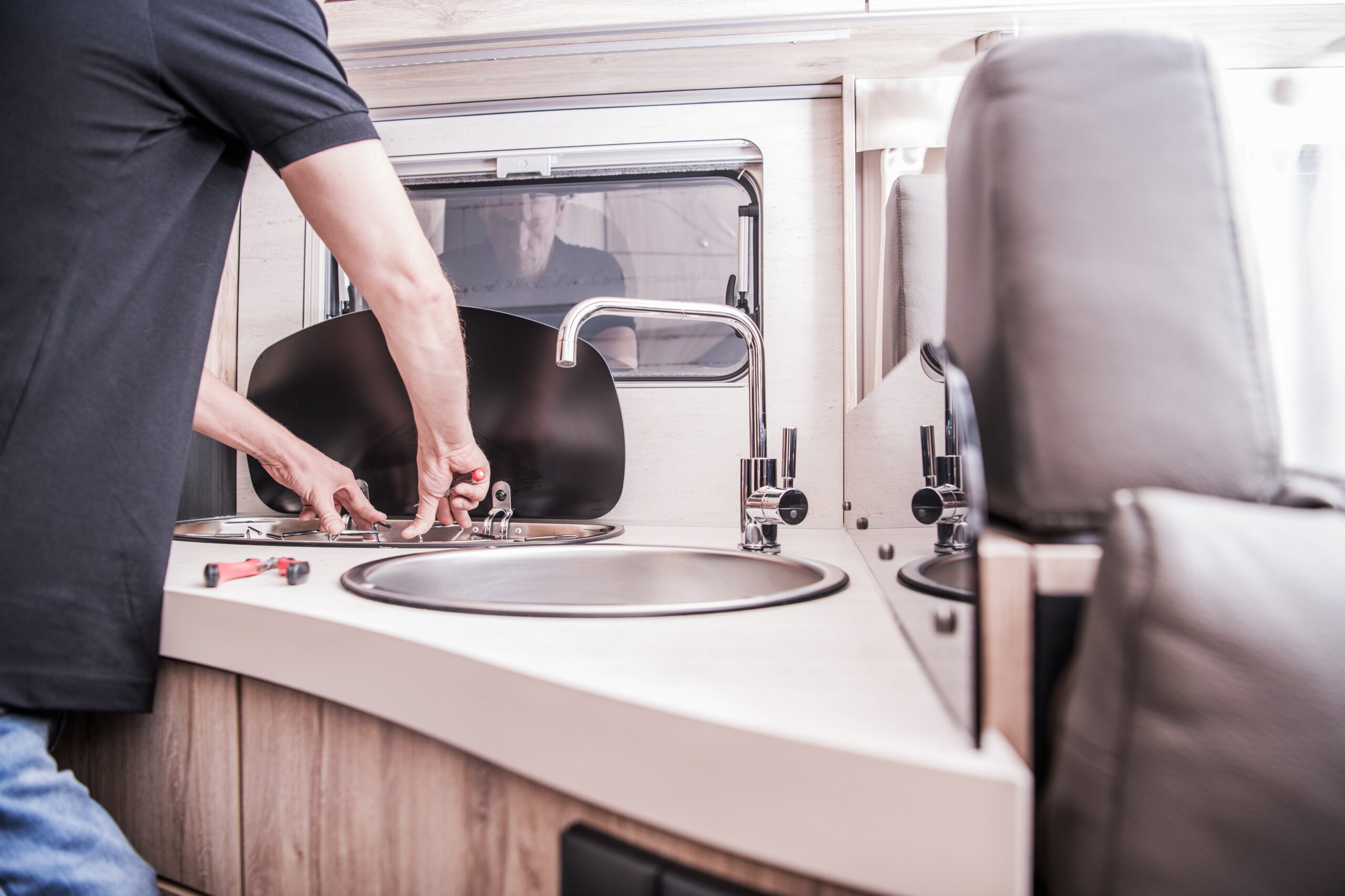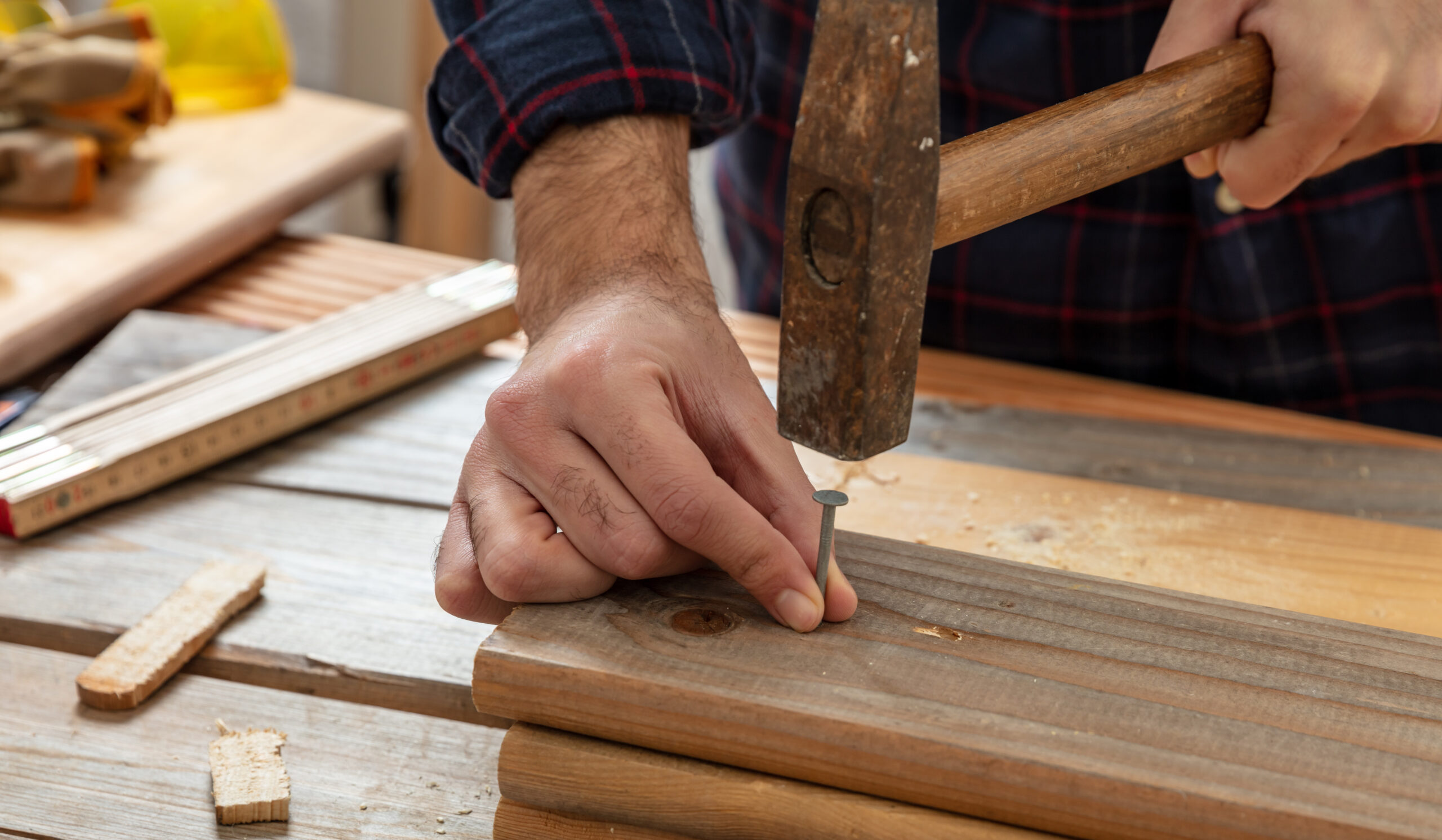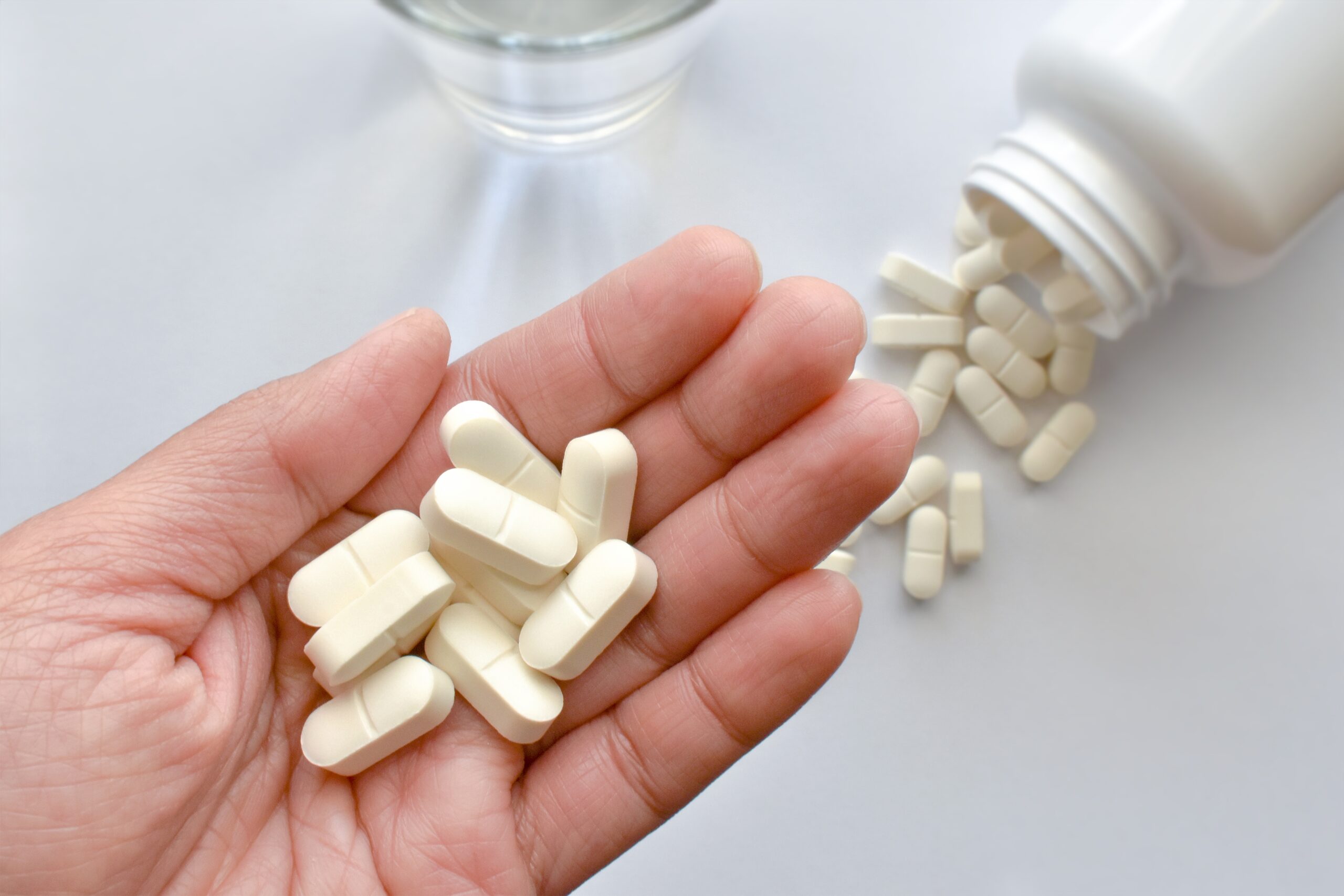With growing concerns over global warming, combined with an increasing shift to organic problems and demand for energy-efficient structures, the green home movement has seen a sharp rise in popularity in recent years.
Surprisingly, making your home greener doesn’t have to be expensive or time-consuming. Here are a few important changes you can make to create a healthier environment for your family and pets, lessen your carbon footprint, and live a more sustainable lifestyle.
Switch to solar panels.

Solar panels allow you to generate your own heat or power, allowing you to cut down on your overall energy bill. From protecting against rising energy costs, protecting the environment, and boosting your property value, there are countless reasons to invest in solar energy.
If solar panels are out of your budget, don’t worry — Loanpal offers zero-down financing and instant loan approval for solar, batteries, and other clean energy home upgrades. After just 15 months on the market, Loanpal is responsible for financing 21 percent of all new residential solar loans in the United States, making it a great option for homeowners looking to adopt a more sustainable lifestyle without breaking the bank.
Make smart swaps in the kitchen.
Many people use the oven to toast bread because they think it’s more efficient than buying a toaster, but the oven uses significantly more energy to heat up. If you’re only planning to toast bread, using the oven is a huge waste of energy. Instead of waiting for the oven to preheat every time you want to heat something up, consider investing in a toaster oven to save time and energy.
If you’re a coffeeholic, try swapping your pod coffee maker for a French press. Instead of using pods, which end up in landfills, using a drip coffee maker is a more eco-friendly way to get your morning fix. Plus, you can use compost your coffee grounds to use as fertilizer later on.
Repair your home appliances.

According to the U.S. Environmental Protection Agency, nearly 40% of the energy consumed in the United States is used to generate electricity. Consequently, choosing whether to repair home appliances like air conditioners and dishwashers or replace them with a new unit can be largely influenced by whether or not the product draws electricity. In many cases, choosing to repair your air conditioner, refrigerator, washing machine, or dishwasher can boost energy efficiency.
For example, the average homeowner’s AC system accounts for up to 12% of your total annual home energy expenditures and up to 70 percent during hot summer months. To cut down on your energy bill and help your AC system run more efficiently, it’s essential to schedule regular preventive maintenance, according to the experts at Direct AC. Working with a professional AC unit technician can help ensure that your AC unit or HVAC system is working properly and that there are no efficiency problems with your air conditioner.
Use a water-saving showerhead.
Sure, baths can waste a significant amount of clean water and showers are usually a greener option, but how much water do you actually waste during your daily shower?
If you spend 20 minutes under the water, you’re probably wasting more water than you think. In fact, some power showers waste more water in five minutes than a whole bath. According to the EPA, for a standard shower-head, every minute in the shower uses 2.5 gallons of running water.
By investing in a water-saving shower-head, you’ll reduce the amount of clean water and energy you use every time you shower. The EPA estimates that if every U.S. homeowner installed a water-saving shower-head, the savings on water bills could reach as high as $2.2 billion — in addition to $2.6 in energy bill savings. In terms of clean water, savings could equate to 260 billion gallons each year.
Making simple changes to live a more sustainable and eco-friendly life can not only help improve the environment, but it also reduces the costs of running your home and saves energy, water, and maintenance on your home’s appliances.
